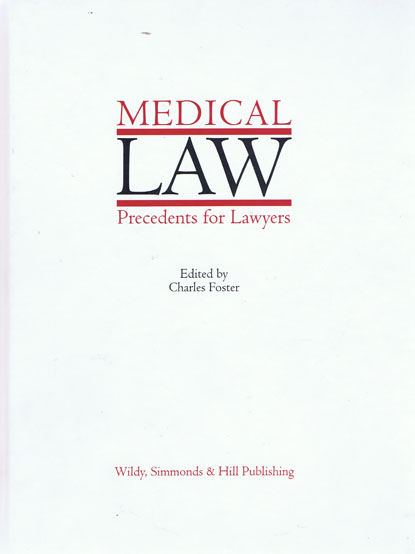
Written by eminent practitioners in their respective fields, <i>Medical Law Precedents for Lawyers</i> provides a comprehensive collection of fully annotated precedents. </p> <p> It is designed to be a procedural one-stop-shop for all lawyers, whether specialists or otherwise, conducting litigation in any area of medical law from clinical negligence to public law.</p> <p> Each section of the book contains precedents – including draft letters, checklists, pleadings, court orders etc – which are designed to be easily adaptable to whatever factual situation the user faces. It is not assumed that the user will be familiar with the legal or procedural reasons for doing things in the way suggested by the precedent, and accordingly each precedent is annotated in detail. These annotations, which are inserted by way of footnote, mean that the book is a complete and very practical guide to most of the relevant procedural law and many important aspects of substantive law. </p> <p> It will be invaluable for any busy practitioner asked for advice on clinical negligence, inquests, consent to treatment, withdrawal of treatment, clinical confidentiality, complaining about a healthcare professional, disciplinary and regulatory law in the medical sphere, public law challenges to the decisions of healthcare bodies and – (of increasing importance) – mental capacity issues.</p>